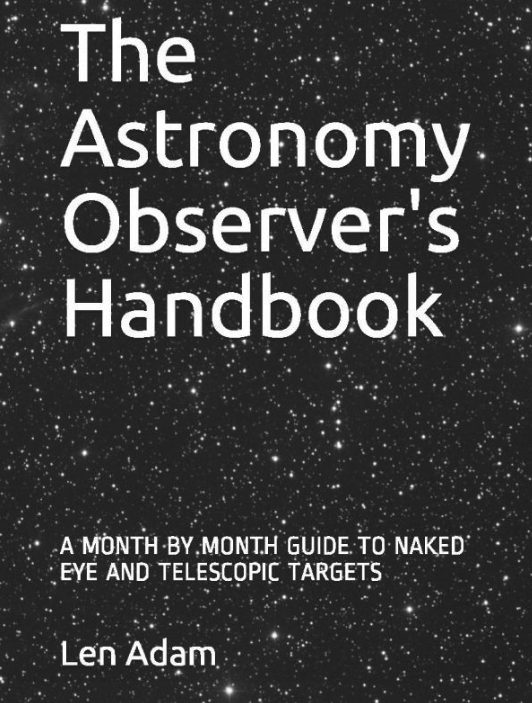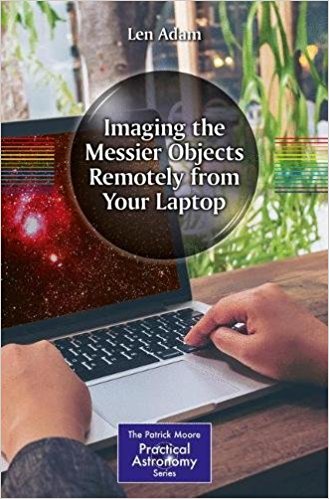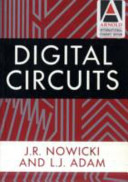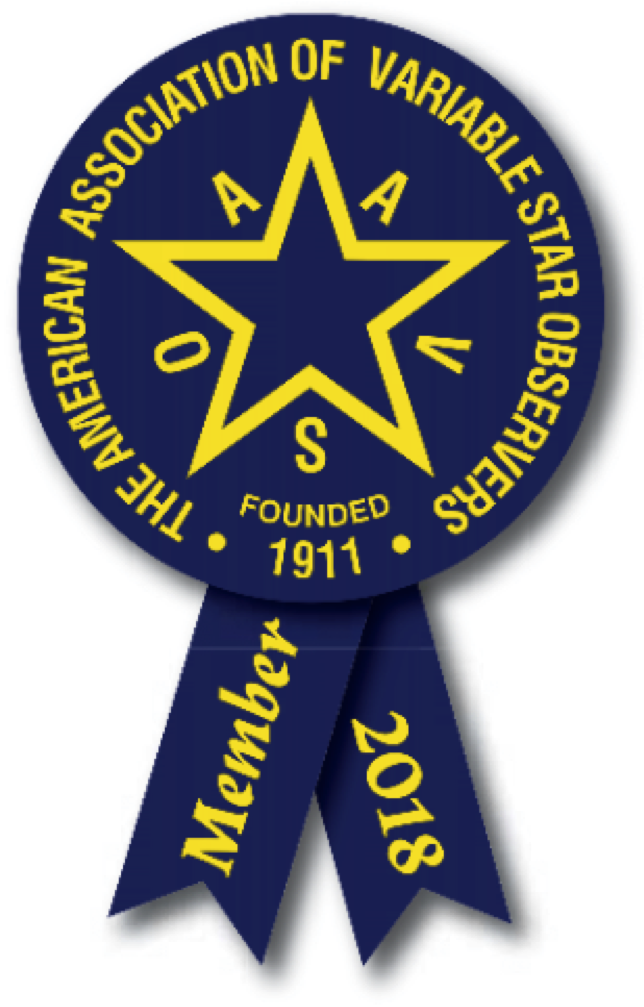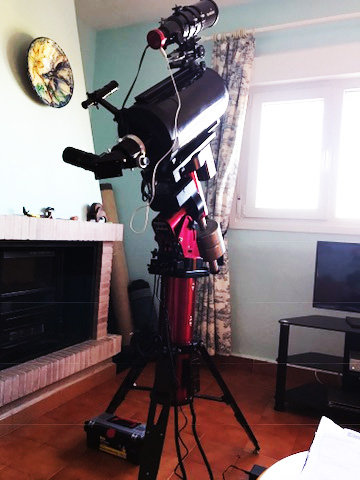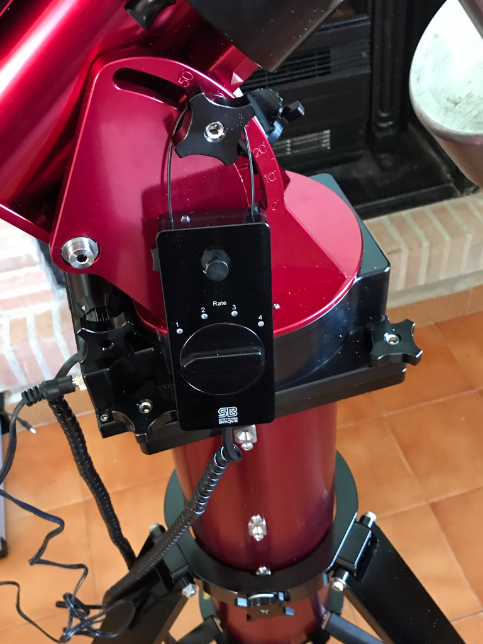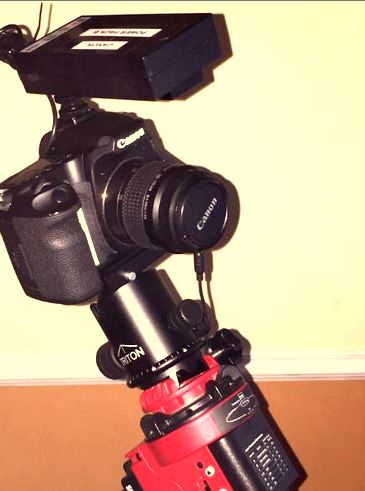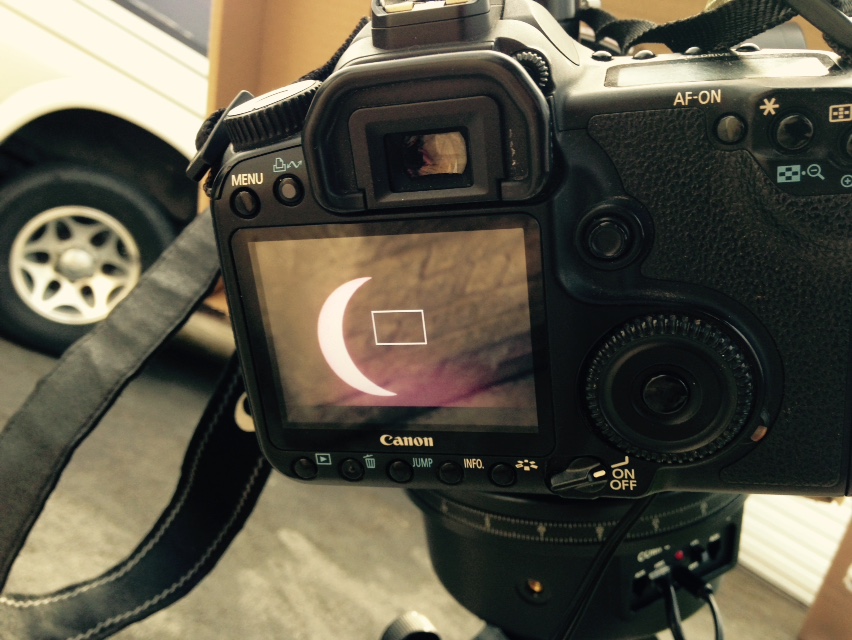A study of the star cluster NGC 6716 Part 1
 Thursday, October 9, 2014 at 11:54AM
Thursday, October 9, 2014 at 11:54AM NGC 6716 is a star cluster in Sagittarius consisting of young stars.
I took a number of images on 13th September 2014 using the T17 telescope at Siding Spring in New South Wales, Australia with a view to analysis using BV photometry so that I could find more about the cluster stars and the cluster itself.
Just how much is it possible to find out from two of these monochrome images?
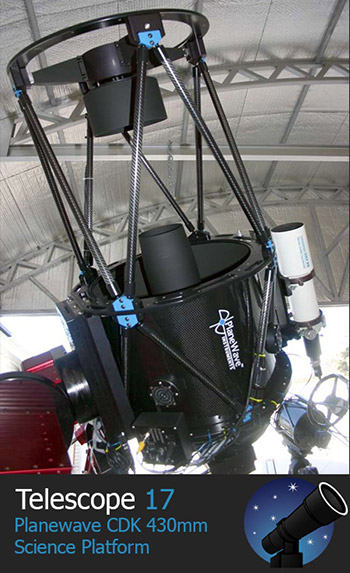
This telescope holds the world record for imaging the faintest object ever imaged by an amateur - a quasi stellar object whose light started its journey 12.79 billion years ago!
Here is the telescope data courtesy of itelescope.com
Here are my 3 minute V and B images. Note that North is down and East is to the right in all of these images.
This is the 300second B image in VPhot. Two variables have been identified in the image on the right hand side.
To be continued.....
 [Your Name Here] | Comments Off |
[Your Name Here] | Comments Off | 
